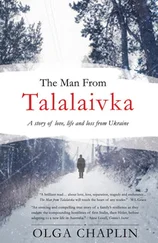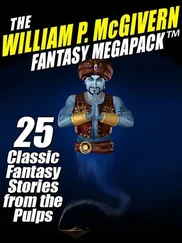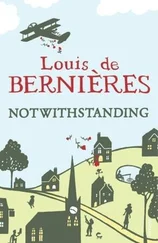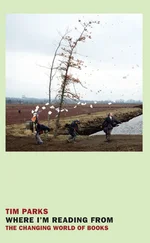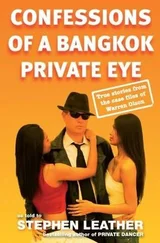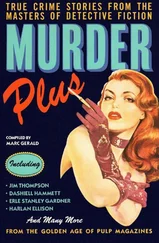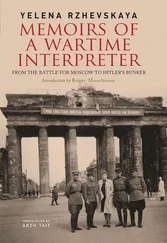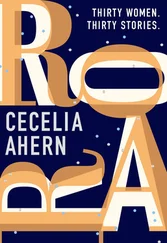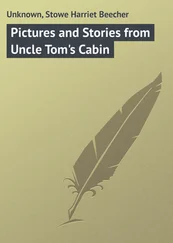13. The Scottish Book of Maths and All That
The quote from Radek Sikorski was published on October 19, 2014, by politico.com in an article called “Putin’s Coup.” It was written by Ben Judah, my son. I may be biased, of course, but Ben’s book Fragile Empire: How Russia Fell In and Out of Love with Vladimir Putin (Yale University Press, 2013) is the best one on the subject of Putin’s Russia.
16. Winds of Change
The description of the end of the German Bessarabian story citing Edmund Stevens, including the quotes, comes from Cheryl Heckler’s An Accidental Journalist: The Adventures of Edmund Stevens 1934–1945 (University of Missouri Press, 2007). On pp. 107–8, Heckler reprints the account, citing his unpublished memoirs, pp. 82–86.
17. Bones of Contention
Some of the description of the Tatarbunary Uprising comes from Charles Upson Clark, who is also quoted here. See his book Bessarabia: Russia and Roumania on the Black Sea (Dodd, Mead & Company, 1927), specifically chapter 28, “The Tatar-Bunar Episode.” The book has been digitized and is easy to find online. A major piece of scholarship in English used for this section is Tanya Richardson’s “The Politics of Multiplication in a Failed Soviet Irrigation Project, or, How Sasyk Has Been Kept from the Sea. ” It was published in 2014 in Ethnos: Journal of Anthropology , 2014.
21. The Deep Hole
The descriptions from Balthasar von Campenhausen’s account of Izmail and the siege of 1789 come from pp. 79–80 of his Travels Through Several Provinces of the Russian Empire with an Historical Account of the Zaporog Cossacks and of Bessarabia, Moldavia, Wallachia and the Crimea (Richard Phillips, 1808). The book can be found online.
23. The Coal Launderers
The report by the Organized Crime and Corruption Reporting Project is called “Ukraine’s Illegal Coal Mines: Dirty, Dangerous, Deadly.” It was written by Denys Kazansky and Serhiy Harmash and published on May 26, 2014.
24. The Welsh and the Wild East
Many of the details about the life of the founder of Donetsk come from Roderick Heather’s The Iron Tsar: The Life and Times of John Hughes (Authors Essentials, 2010); the quotes are from pp. 59–60 and the population statistics from pp. 131–32. William Taubman’s Pulitzer Prize–winning biography of the former Soviet leader is called Khrushchev: The Man, His Era (Free Press, 2005); the quotes are from pp. 31–32. The quote from Heather, which ends with Lenin’s view on the importance of the Donbass, is on p. 196. Colin Thomas’s 1991 three-part documentary about Donetsk comes as a DVD together with his book Dreaming a City: From Wales to Ukraine (Y Lolfa, 2009). His quote about the arrests of engineers in 1928 comes from p. 45, and the story about and quotes from Gareth Jones on starvation in the city from p. 49. About the wartime fate of the Jews in eastern Ukraine, see pp. 193–95 of Yitzhak Arad’s The Holocaust in the Soviet Union (University of Nebraska Press, 2013).
25. The View from the Terricone
The report discussed and quoted is in Urban Shrinkage in Donetsk and Makiivka, the Donetsk Conurbation, Ukraine (SHRINK SMART @ EU FP7 Socio-economic Sciences and Humanities Research, March 2010) by Vlad Mykhnenko, Dmytro Myedvyedyev and Larysa Kuzmenko. It is packed with graphs, statistics, maps and photos. An updated report was issued in 2012, and there was also a summary from which I quote. All the documents can be found at shrinksmart.eu. For the surveys from 1991 and about children of different backgrounds, see the King’s College London MA thesis of Charlie Hutchinson from October 2014 called “Waking the Beast: Along What Lines Is the Population of Ukraine’s Donbas Mobilized into Supporting the Pro-Russian Insurgency?”
26. Getting to “Yes”
Results of the various referendums mentioned are widely available online, and for English speakers most easily consulted via Wikipedia. See also the Wilson and Yekelchyk history books mentioned above. For a detailed account of the end of the USSR, there is Serhii Plokhy’s The Last Empire: The Final Days of the Soviet Union (Oneworld, 2014).
30. Tsar v Cossacks
The statistic about Ukraine as an arms exporter comes from “Measuring the Arms Merchants,” a graphic published by economist.com on March 18, 2014. The report that Boris Nemtsov was working on when he was murdered and which is quoted here is called “Putin. War: Based on Materials from Boris Nemtsov” and can be found at 4freerussia.org. It was published in English in May 2015. The details of the Ukrainian investigation into the Ilovaysk catastrophe are from “Up to 459 Soldiers Killed Near Ilovaisk in 2014—Ukraine’s Chief Military Prosecutor,” a story published on April 17, 2015, on en.interfax.com.ua.
31. The Wolf’s Hook Club
The report by Anton Shekhovtsov referenced and quoted is called “The Creeping Resurgence of the Ukrainian Radical Right? The Case of the Freedom Party.” It was published in the journal Europe-Asia Studies , vol. 63, no. 2, March 2011, pp. 203–28. I have also taken from this report the speech by Oleh Tyahnybok that he cites on p. 216. The BBC Panorama program “Stadiums of Hate” was originally broadcast in May 2012. Both are freely available online.
33. Leaving Home
The statistics from UNHCR come from its operational updates, which can be found on its Ukraine site.
34. Surviving Sloviansk
The Guardian article mentioned was “Rinat Akhmetov Pays Record £136.4m for Apartment at One Hyde Park.” It was by Alex Hawkes and was published on April 19, 2011. The Amnesty International briefing quoted was published on September 8, 2014. It is called “Ukraine: Abuses and War Crimes by the Aidar Volunteer Battalion in the North Luhansk Region.” Sadly, there have been plenty of other such reports about abuses on both sides and in Russian-annexed Crimea, which can be found on their site. The wonderful book by Charles King mentioned is Odessa: Genius and Death in a City of Dreams (W. W. Norton, 2011).
38. Askania-Nova and the Zebra of Death
Apart from what I learned there about its history, I drew on the rather romantic account Askania-Nova: Animal Paradise in Russia, Adventure of the Falz-Fein Family by L. Heiss (The Bodley Head, 1970). There is also much about the place in the rigorously academic but nevertheless fascinating book by Douglas R. Weiner called Models of Nature: Ecology, Conservation, and Cultural Revolution in Soviet Russia (University of Pittsburgh Press, 2000).

Cossack and rebel supporter at an encampment at Paraskoviika, aimed at preventing the Ukrainian military from taking out weapons stored in a salt mine. May 2014.
Much of the early part of the war I covered for the Economist , but a lot of the real groundwork for this book was done while writing for the New York Review of Books . Some of the stories here, particularly from the east, appeared first in the Review and its online blog. Many thanks to Review editor Bob Silvers for sending me, and to blog editor Hugh Eakin.
I was asked to write this book by Stefan McGrath. I asked him what sort of book he wanted, and he answered: “What sort of book do you want to write?” It took time to work that out. Eventually it became clear: a book that, first, I would have read myself if I had not had to write it, and one that looked at things I thought were both interesting and relevant. What was needed, I thought, was not another straight history and not a political science-cum-analytical text. From what I could see on bookshop shelves and online, there was nothing which focused on those bits of history which it is important to understand today, as opposed to Ukrainian history in general, nor was there a book which gave a flavor of what Ukraine is really like and what its people have to say, especially outside Kiev.
Читать дальше


